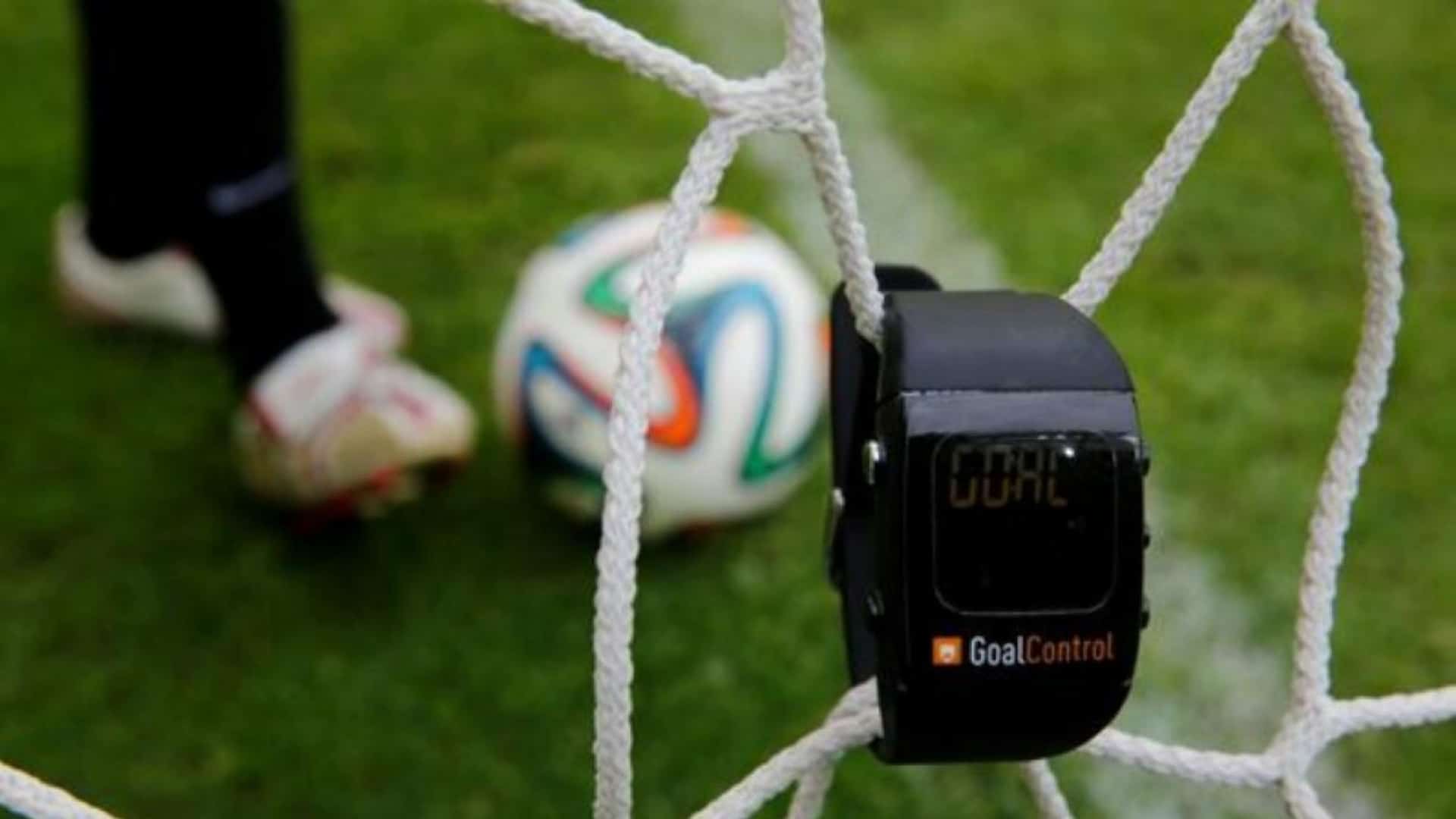There has always been an intriguing connection between sports and technology. Technology has changed the game, the spectator experience, and the analysis of sports over the years.
Sports technology has come a long way, from boosting performance to providing fans with more engaging experiences.
In this piece, we'll look at the remarkable innovations and breakthroughs that have changed the way sports technology has changed over time.
I. Wearable Wonder: Smart Gear on the Field
The Rise of Smart Helmets
Think about it: smart, protective football helmets. To better assure player safety, some helmets can now detect hits and relay that information to coaches and medical staff.
The Riddell SpeedFlex helmet, for instance, has sensors that determine the force of an impact, which in turn helps prevent concussions.
[caption id="" align="aligncenter" width="393"]

The Riddell Speedflex Helmet | riddell.com[/caption]
The National Basketball Association (NBA) has implemented player-tracking systems that analyze data from sensors inserted in players' jerseys to give teams better insight into player placement, speed, and performance.
Sports Watches that do more
The best sports watches are like having a trainer on your wrist at all times. They monitor your pulse and steps and can even assess your gaming play.
Athletes, for instance, can use the Apple Watch's built-in fitness functions to track their progress toward personal bests.
Wearable devices are used by tennis pros like Rafael Nadal and Novak Djokovic to track their heart rates, examine their motion patterns, and enhance their games.
[caption id="" align="aligncenter" width="594"]

Apple Watch's built-in fitness functions to track Athletes' progress toward personal bests. | Macworld.com[/caption]
II. Hawk-Eye Technology: The eyes that don't miss a beat
The use of
Hawk-Eye technology has revolutionized how referees in sports like tennis and cricket make split-second calls. Hawk-Eye is capable of pinpoint accuracy because it uses multiple high-speed cameras to follow the ball's path.
[caption id="" align="aligncenter" width="653"]

Hawk-Eye Technology is proudly used in Tennis. | tennis365.com[/caption]
Human error is eliminated and corrected, and impartial decisions are made on whether or not a goal was scored, whether or not a player was offside, and whether or not the ball crossed the goal line.
With Hawk-Eye, modern sports can continue to be played fairly and honestly.
III. High-Tech Playing Fields: Smart Stadiums
Stadiums that come alive
Stadiums that integrate smart technology provide a better experience for spectators. These stadiums are like mini-city centres, with amenities like food delivery apps and massive LED screens.
Fans at Atlanta's Mercedes-Benz Stadium, for instance, may use a mobile app to place orders for concessions and have them delivered to their seats.
Watch how the Mercedes-Benz Smart Stadium unfolds:
https://youtu.be/anUhGgUaar4?si=OizlOEGVmmqEn7Ik
IV. Video Replay and Referee Tech
The age of video replay
The use of video replay technology aids officials in making correct judgments. It's like having an extra set of eyes to look over close plays and make sure everything is fair.
[caption id="" align="aligncenter" width="648"]

VAR technology has been used to review goals, penalties, and offside decisions. | Premier League[/caption]
For example, in soccer, VAR (Video Assistant Referee) technology is utilized to review goals, penalties, and offside calls.
The FIFA World Cup employs goal-line technology to definitively detect whether or not a ball has crossed the goal line, hence eliminating the need for contentious referee decisions.
V. Virtual Reality (VR) and Augmented Reality (AR): Stepping into the Sports World Like Never Before
Using VR and AR technologies, sports fans may now have a completely new and immersive experience.
Virtual reality (VR) headsets allow spectators to visit virtual stadiums and see the game from every angle as if they were actually present.
With the help of augmented reality (AR), spectators at a live game can view player statistics or digital markers placed on the field. Technology like this has made sports more exciting and interesting for spectators all over the world.
The San Francisco 49ers have an augmented reality app featuring 3D animations and interactive elements that let fans tour Levi's Stadium like never before.
https://youtu.be/xECmQZ0ETZM?si=MqL6REjS3nXBBq52
Conclusion
Technology in sports keeps expanding the limits of what can be done in sports. More interesting innovations are on the horizon, and they will have a profound impact on the future of sports by making them more accessible, pleasant, and immersive for athletes and fans alike.
 Hawk-Eye Technology is proudly used in Tennis. | tennis365.com[/caption]
Human error is eliminated and corrected, and impartial decisions are made on whether or not a goal was scored, whether or not a player was offside, and whether or not the ball crossed the goal line.
With Hawk-Eye, modern sports can continue to be played fairly and honestly.
Hawk-Eye Technology is proudly used in Tennis. | tennis365.com[/caption]
Human error is eliminated and corrected, and impartial decisions are made on whether or not a goal was scored, whether or not a player was offside, and whether or not the ball crossed the goal line.
With Hawk-Eye, modern sports can continue to be played fairly and honestly.




















